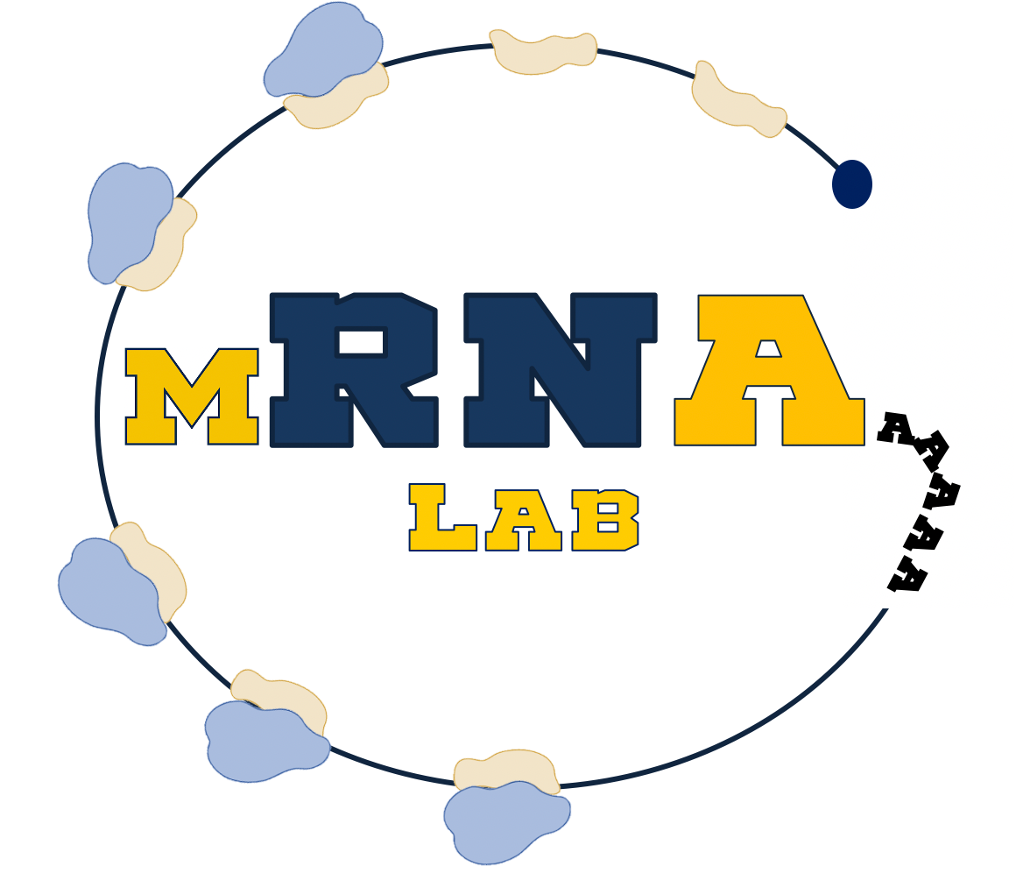How do noncoding variants impact translation?
The human genome contains millions of variants, many as small as a single nucleotide. Of these there are thousands of single nucleotide polymorphisms (SNPs) that are associated with phenotypes, including heritable diseases and cancer. Many of the best characterized variants occur in protein coding regions of the genome, and therefore their impacts can be more straightforward to predict. Our lab is interested in characterizing the impact of the thousands of variants that occur in noncoding regions of the genome, specifically the 5′-UTR. These variants are well positioned to impact translation and therefore protein levels, but remain largely unexplored. Using a combination of high throughput experiments and predictive models we are identifying both novel translational control elements and uncovering potential etiology of diseases.
What are the mechanisms of translational control?
A wealth of biochemical, genetic and structural data for specific cellular and viral 5'-UTRs reveal how certain elements work and highlight the enormous diversity of 5'-UTR regulatory mechanisms that remain to be explained. Using DART (a recently developed high throughput method to measure translation initiation on thousands of RNAs in parallel) we have increased the number of validated translation control elements by 100-fold, and now we need to ask ‘How do these elements work?’ Which proteins might recognize these RNA features? How are they regulated? We are using a combination of classic genetics, biochemistry and proteomics to elucidate mechanisms of translational control.
How are transcription and translation coordinated?
Transcriptional differences during stress are well-known, however these are usually examined at the gene level and the biological significance of changes in transcription start site (TSS) usage are comparatively understudied. Our work has shown that changes in TSS, leading to usage of alternative 5′-UTR isoforms, has the potential to dramatically impact protein output. This suggests it is likely that TSS selection is widely used as a regulatory mechanism to regulate protein levels in response to changing conditions such as stress or during development. Using high-throughput sequencing approaches we are characterizing how TSS changes dynamically in response to stress, and in turn how these changes might impact protein translation. We will use these data to predict functional consequences of 5′-UTR mutations and 5′-UTR isoform expression changes in many health-related conditions



